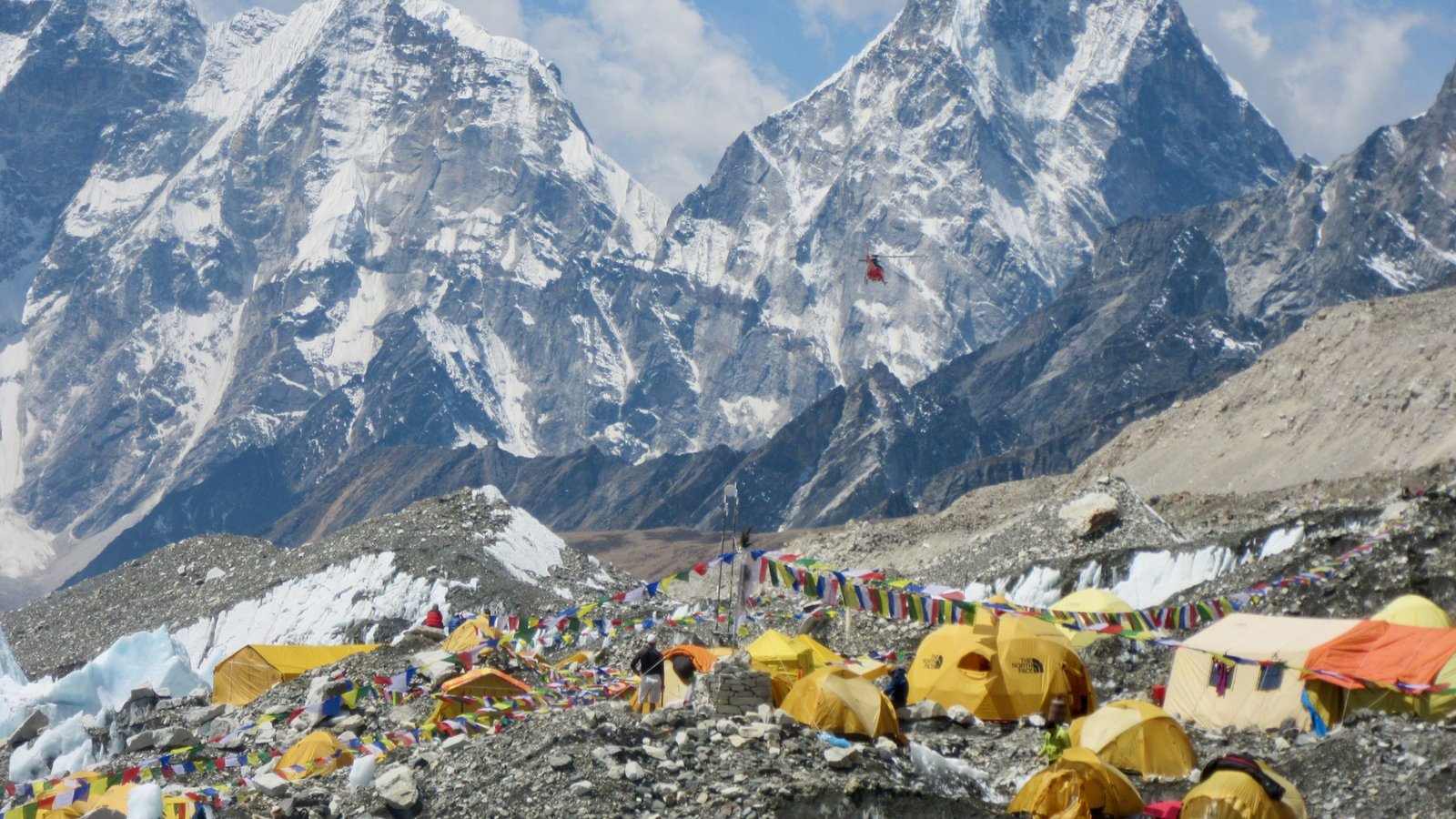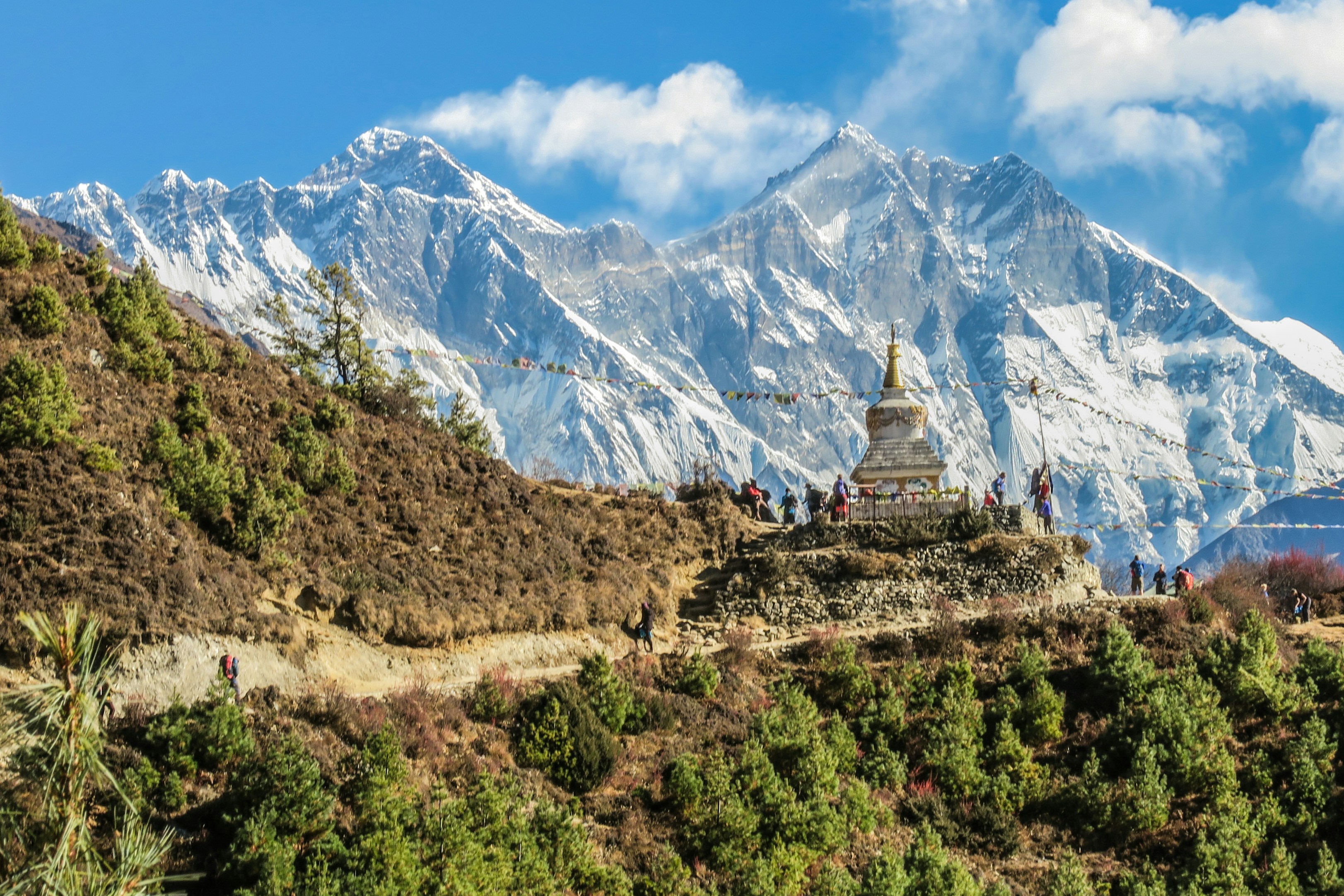Introduction to Ecotourism at Mount Everest
Ecotourism has emerged as a vital approach to managing tourism in fragile environments, such as the Tibet side of Mount Everest. As the world’s highest peak continues to draw increasing numbers of adventurers and tourists, it is crucial to explore how this growing interest can coexist with the preservation of the region’s unique ecological systems. The Tibet plateau, characterized by its breathtaking landscapes and rich cultural heritage, is not only a popular trekking destination but also a delicate ecosystem that requires careful management to ensure its longevity.
The concept of ecotourism focuses on responsible travel to natural areas, conserving the environment, and improving the well-being of local communities. This form of tourism emphasizes the importance of reducing one’s carbon footprint while fostering respect for the local ecosystem and wildlife. On the Tibet side of Mount Everest, this is particularly significant, as trekking activities and visitor influx can disrupt the delicate balance of flora and fauna in the region.
Local communities are fundamental to the success of ecotourism initiatives. They hold invaluable knowledge about sustainable practices and can play a pivotal role in educating visitors on the importance of environmental conservation. By actively involving these communities in tourism efforts, ecotourism can offer economic benefits while ensuring that their traditional lifestyles and environmental practices are respected and upheld. This symbiotic relationship between tourists and locals not only enhances the overall experience for visitors but also reinforces the significance of protecting the landscape and cultural heritage of Mount Everest.
Thus, ecotourism on the Tibet side of Mount Everest presents an opportunity to navigate the challenges posed by rising tourist numbers while safeguarding the area’s fragile environment. As stakeholders work towards striking this balance, innovative strategies and sustainable practices will be essential for the continued enjoyment of this majestic region.
Key Initiatives for Sustainable Tourism
In recent years, various initiatives have emerged on the Tibet side of Mount Everest aimed at promoting sustainable tourism while preserving the delicate ecosystem of the region. One of the most notable efforts is the ‘Clean Everest’ project, which focuses on rigorous waste management techniques to address the issue of littering and pollution commonly associated with trekking and climbing expeditions. This initiative has implemented systematic waste collection and disposal processes, promoting recycling and proper waste segregation to minimize the environmental footprint of tourism activities.
Additionally, regulations governing tourist activities have been instated to reduce the environmental impact on the mountainous terrain and its biodiversity. These regulations include limiting the number of permits issued for ascents, mandating that all expeditions carry their waste back down from the mountain, and enforcing guidelines on camp locations to prevent overuse of sensitive areas. By controlling the volume and behavior of tourists, these regulations aim to balance the influx of visitors with the necessity of preserving the area’s natural beauty.
Another critical aspect of promoting ecotourism involves environmental education for both tourists and local communities. Workshops and informative sessions emphasize the importance of conservation and responsible outdoor ethics, thereby enabling travelers to appreciate their surroundings while being mindful of their actions. Moreover, engaging local communities in ecotourism initiatives fosters a sense of ownership and responsibility toward protecting their environment, which is vital for the sustainability of tourism in the region.
These initiatives, characterized by environmentally responsible practices, are crucial for ensuring that tourism on the Tibet side of Mount Everest can thrive without compromising the integrity of its unique ecosystem. By integrating effective waste management solutions, enforcing regulations, encouraging environmental education, and engaging local communities, sustainable tourism is gradually becoming an achievable goal in this precious part of the world.
Challenges Faced and Ongoing Efforts
Ecotourism on the Tibet side of Mount Everest presents a unique set of challenges that are intrinsically tied to its fragile alpine ecosystem. One of the primary concerns is the environmental impact of increasing tourism. As more travelers are drawn to the majestic views and cultural experiences offered by this region, the delicate ecological balance is threatened. The native flora and fauna face disruptions from foot traffic, waste, and infrastructure development, highlighting the urgent need for sustainable practices that protect the area’s natural resources.
Additionally, climate change poses a direct threat to the region. Rising temperatures lead to glacial melt and alter local weather patterns, which in turn affect both the environmental stability and the overall experience for tourists. The impacts of climate change are particularly pronounced in high-altitude areas, where ecosystems are especially vulnerable to shifts in temperature and precipitation. This necessitates a concerted effort to focus on climate resilience strategies that can mitigate adverse effects while preserving the awe-inspiring landscapes that draw visitors.
Logistical challenges also abound, particularly in terms of waste disposal in high-altitude environments. The traditional methods of waste management are often insufficient, leading to significant accumulation of garbage and human waste at base camps and along trekking routes. To address this issue, various organizations and local authorities have begun implementing innovative waste management systems, such as mobile incinerators and efficient waste segregation practices. Moreover, initiatives aimed at educating trekkers about responsible tourism and the importance of leaving no trace are gaining traction, fostering an awareness that can lead to more sustainable behaviors.
In light of these challenges, ongoing efforts by both policymakers and local communities strive to balance ecological preservation with the growing demands of ecotourism. By fostering adaptive strategies and promoting responsible travel, it is possible to create an experience that respects the environment while allowing visitors to enjoy the wonders of the Tibet side of Mount Everest.
The Future of Ecotourism and Conservation
The future of ecotourism in the Everest region, particularly on the Tibet side, hinges on the harmonious integration of sustainable tourism practices and conservation efforts. As both the Tibet and Nepalese sides of Mount Everest witness an increase in tourist traffic, it is paramount that successful environmental strategies are embraced and shared between these neighboring regions. Collaborative efforts have already begun to take shape, fostering a united front in the quest for ecological preservation amidst the demands of exploration.
Community involvement plays a crucial role in advancing ecotourism within this fragile ecosystem. Local populations have invaluable insights into sustainable practices and can represent their cultural heritage to enhance the visitor experience. By actively engaging communities in the development and management of ecotourism initiatives, a sense of stewardship arises, encouraging locals to protect their environment while benefitting economically from tourism. This reciprocal relationship not only bolsters conservation efforts but also enriches the overall experience for travelers.
In addition to local engagement, continuous education and awareness serve as cornerstones for fostering responsible tourism in the region. Initiatives that educate visitors on the ecological significance of the Everest area can lead to more conscientious travel behaviors. Programs aimed at highlighting the impacts of tourism on delicate ecosystems will promote more sustainable choices among visitors, contributing to conservation goals. These educational campaigns can be further enhanced through partnerships with international conservation organizations, creating a robust network dedicated to the protection of high-altitude environments.
Furthermore, the Tibet side of Mount Everest has the potential to emerge as a model for sustainable tourism practices in similar high-altitude regions globally. By showcasing successful conservation efforts and ecotourism strategies, this region can inspire other destinations to adopt environmentally friendly practices, ensuring the protection of natural resources for future generations. The balance between exploration and nature preservation is essential for the continued enjoyment and sustainability of these breathtaking landscapes.


